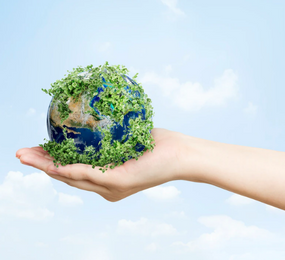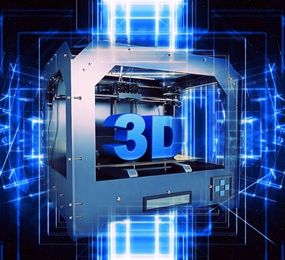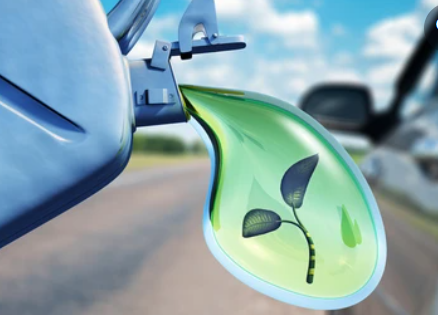The journey of bioplastics production from small-scale laboratory experiments to large-scale manufacturing represents a crucial step in the pursuit of sustainable alternatives to traditional plastics. As researchers and scientists pioneered the development of bioplastics, the transition from lab bench to industrial production has been marked by both challenges and remarkable innovations.
In the early stages, bioplastics were primarily a niche product, with experimental formulations and limited applications. However, advancements in technology and growing environmental concerns have fueled the push for large-scale production.
Scaling up bioplastics production comes with its set of challenges, including cost efficiency, scalability of raw material sourcing, and ensuring consistent product quality. Overcoming these hurdles requires collaboration between researchers, manufacturers, and policymakers to streamline processes and optimize production.
The benefits of large-scale bioplastics production extend beyond replacing traditional plastics. It contributes to the reduction of greenhouse gas emissions, as many bioplastics are derived from renewable resources. Additionally, the industrial production of bioplastics plays a crucial role in meeting the increasing demand for sustainable alternatives across various industries.
As large-scale bioplastics production becomes more prevalent, the environmental footprint of plastic manufacturing is expected to decrease. This transition signifies a paradigm shift towards greener practices, aligning with global efforts to create a more sustainable and circular economy.
To register or learn more about the Forum please check here: https://bit.ly/3qbznOe
For more information and group participation, contact us: [email protected]
















